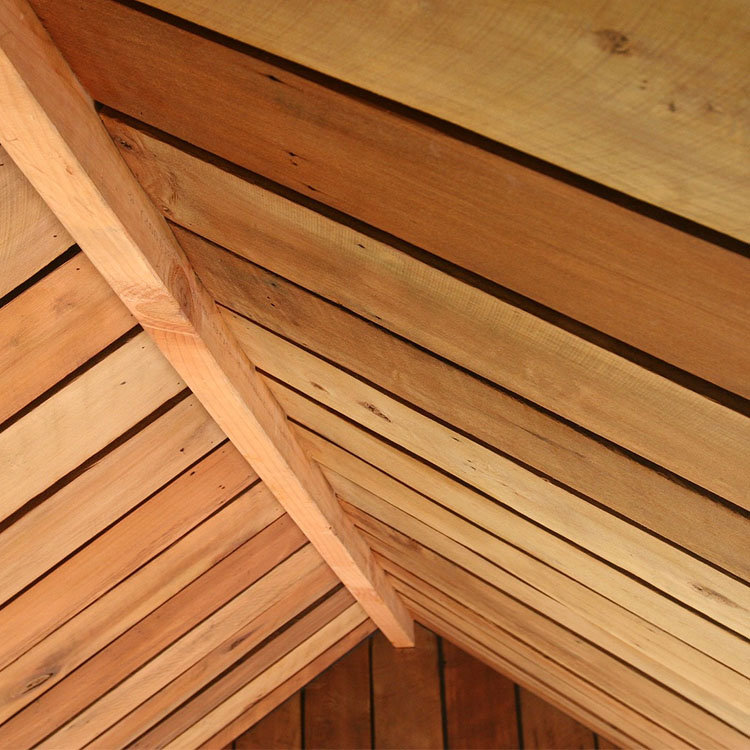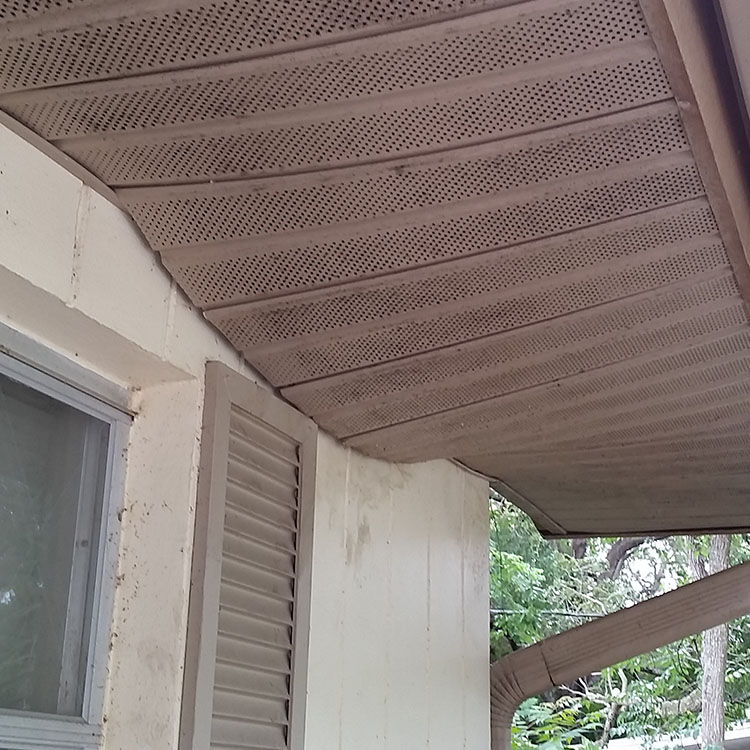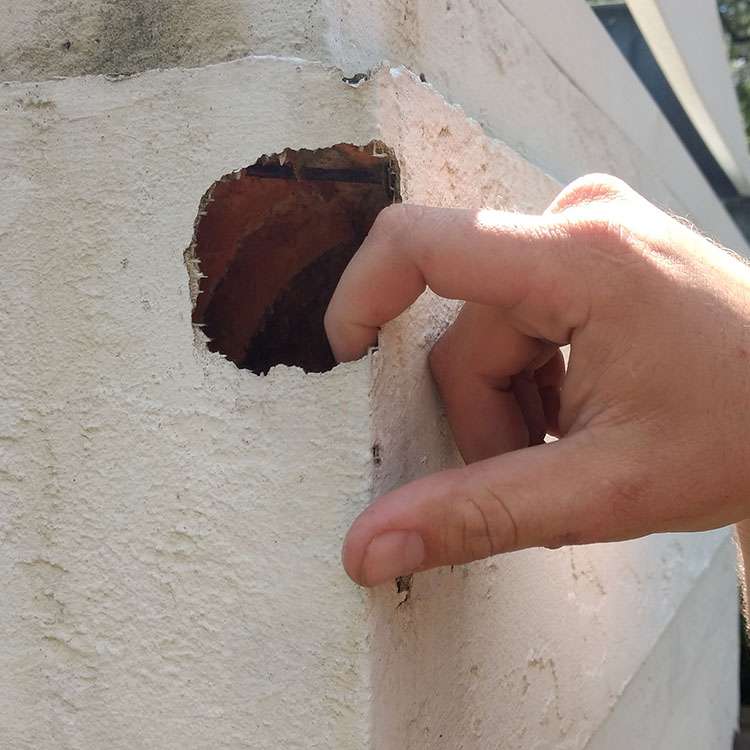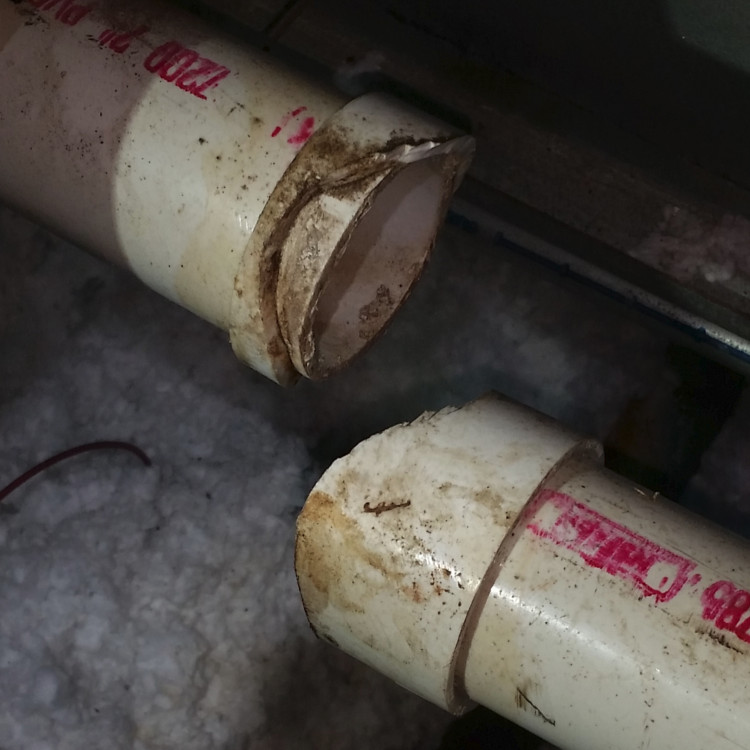Keeping Bats Away

OK OK so you have read all my articles about bats, you know how important they are to the environment and the ecosystem, but they still give you the creeps! Fine, I don't like them either, so let's talk about how we can keep them away from us, but still reap the benefits of them. Many bats depend on cavern roosts and are often seen in populations that can number in the large 1000s! Cave travelers, spelunkers, plusieurs, and others whose actions take them into or around caverns should exercise warning when in these surroundings.
Make sure when you are around bats, which often roost or hang out (literally) at high points within caverns. It is equally essential to avoid being near or touching bat guano. When possible, prevent coming into caverns that are known to contain populations or colonies of bats.
Overall, it might be smart to bring a flashlight into the cavern to help better identify the existence of bats or other critters. If bats are found in the immediate position, consider avoiding the cavern or moving to a region of the cavern where there are no bats.
Some bats also roost in shrub space or leaves, and might be recognized in places where outside actions occur, such as climbing or camping. While there have been cases of individuals come across massive bats, most bats in a natural setting are not massive and, in many outside circumstances, the existence or sighting of bats is typical and normal.
However, safety measures can be taken at outside places to help prevent visibility to bats and their guano. When possible, prevent bats from coming into outside residing areas and other filled areas. Consider "bat-proofing" your livable space. This is called a bat Exclusion and it is one of the best control and prevention methods you can take to prevent bats from coming into your attic.

Teach children to never to handle remains or deceased bats, as well as any different wild or household critters (even if they appear friendly). Tell them to report any contact or exposure with uncommon critters to an adult right away.
In some configurations, materials have been contaminated with bat excrement may have to be discarded or decontaminated. In these circumstances, regional assuring agents can offer more information on the requirements for the removal, transport, and convenience of contaminated content. Clean-up of areas that have been contaminated with bat excrement should not be tried by non-trained employees, and proper personal safety gear (PPE), such as respirator, cover up, dress, and safety gloves, should be used by anyone managing the possibly contagious bacteria. Always consult your local Bat removal Specialist.
Vast areas of the world’s jungle are eliminated yearly for signing, farming, ranching and other uses. And fruit-eating bats are key players in repairing those important jungles. Bats are so effective at spreading plant seeds into ravaged forestlands that they’ve been known as the “farmers of the tropics.”
Regenerating clear-cut jungles is a complicated organic procedure, one that requires seed-scattering by birds, primates and other creatures as well as bats. But birds are careful of traversing huge, open areas where traveling bats can attack, so they generally drop plant seeds directly below their perches. Night-foraging vegetables and fruits bats, on the other hand, often protect huge ranges each evening, and they are quite willing to combination clearings and generally defecate in flight, spreading far more plant seeds than crazy birds across eliminated areas.
And many of the bat-dispersed plant seeds are from sturdy innovator vegetation, the first to develop in the hot, dry conditions of clearings. As these vegetations develop, they deliver the protection that lets other, more sensitive vegetation take main. Seeds that came by bats can account for up to 95 percent of the first new growth. The innovator vegetation also offer protect and perches for crazy birds and primates, so they can add still more, different plant seeds to the mix that can lead eventually to restored woodlands. Bats have been revealed spreading the plant seeds of grape, schedules, figs, and cashews - among many others.
Most bat bugs live on a bat host. These bugs can leave itchy red spots on your skin after they bite you. Most of the time you will not see them, as they are very small and tend to stick with the bats and their colonies. However, it's not uncommon at all for bat bugs to bite humans and move from the bat colony in an attic or garage to the living areas of your home. We highly recommend excluding bats and removing all traces of their feces ASAP to prevent coming into contact with bat bugs.

One previous customer contacted us because a proper sanitation wasn't executed in their attic after bats were removed, and insulation with bat droppings and bat bugs was left behind by another company. Our response was to remove the soiled insulation and roofing material in the attic, as well as clear any traces of bat bugs from the space. Occasionally bat bugs may remain behind in bat excrement or nesting material, so it is crucial that any materials in your attic that have come into contact with either be sanitized or replaced entirely, such as insulation.
Bats aren't as loud as you think, and probably won't look like and sound like they do in the movies as they enter or exit your home. That being said, the kind of sounds you'll want to look for are scratching noises near the entry points, flapping of wings, and small thud-like noises as they move around and run into each other. Often times it is much easier to see a bat than it is to hear it.
If you want to do a proper inspection, as I've said several times, you'll want to watch your roof or attic area from the outside of your home during the hours of sunrise and sunset to catch them leaving the roost for nightly feeding and returning in the morning. If you aren't hearing any bat noises or sounds, but are finding lots of excrement, this may indicate that you have a very large opening into your attic that they are easily and freely entering and leaving through.
What do bats eat that turn into that stuff? Well, most bats that you will encounter in the US eat small insects. However, in other parts of the world, bats can feast on fish and small reptiles like frogs. Of course, your wildlife professional shouldn't find any of these in your attic. The kind of bats he or she will find in your attic will be eating pesky insects like mosquitoes, and continue to eat mosquitoes once they have been excluded properly.

After the exclusion, it might be a good idea to set up a bat house on your property to help control the amount of flying insects around your patio or lawn area, however, this is not necessary. Bats tend to make roosts in nature as well–although they prefer to live inside your attic or garage and leave only to feed at night.
If you think you are having an issue with bats in your and want to get an expert opinion on the sounds you are hearing, give me a call! Myself, My Staff and all the preffered vendors here are always available to help identify the sounds you hear, and I would be happy to send one of our technicians out to assist you.
